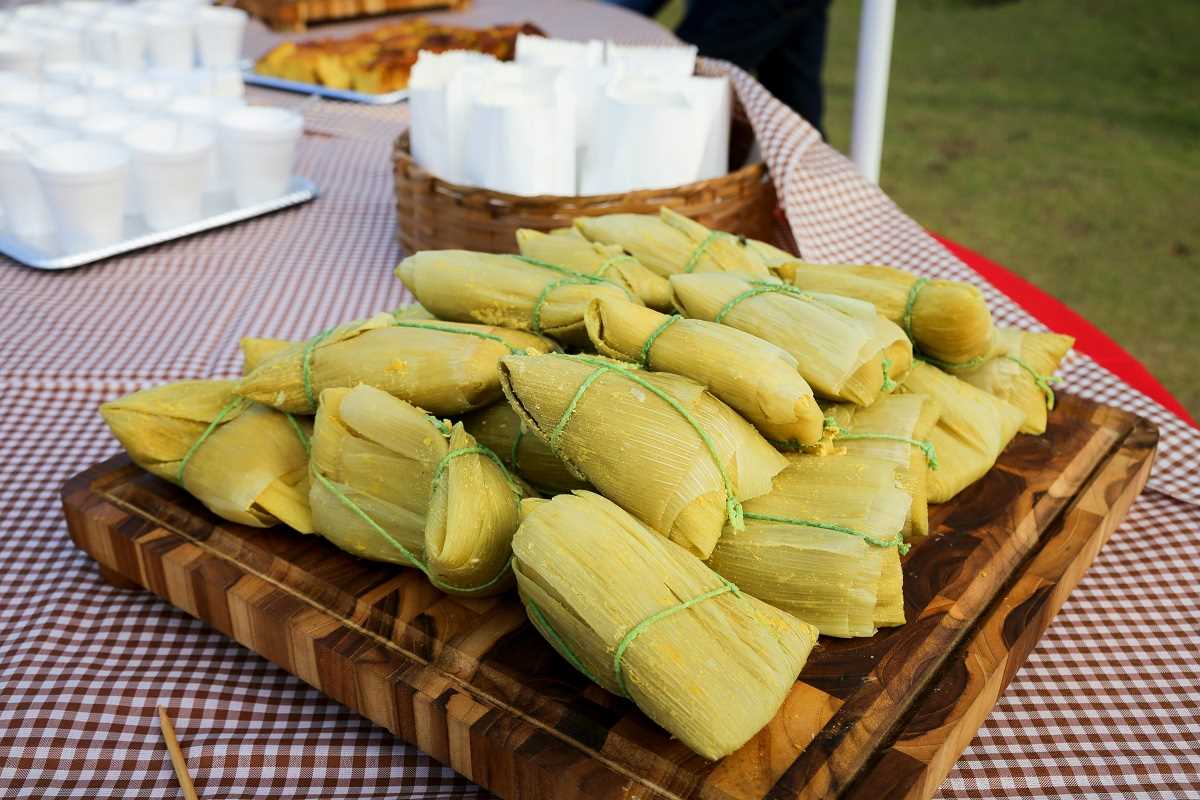Nothing screams simple fun like the thrill of a tree swing. Whether it’s for kids or adults who are kids at heart, a tree swing brings endless joy and a touch of nostalgia. And the best part? You don’t need to buy an expensive swing or hire someone to set it up. With a bit of DIY magic, you can build your own tree swing to add charm and excitement to your backyard.
This guide will take you through each step—from choosing the right tree to tying the swing securely. You don’t need fancy tools, and you definitely don’t need to be a pro carpenter. Just a little patience, a few materials, and some focus are all it takes to build a tree swing that’s safe and fun for everyone.
Step 1: Choose the Right Tree
Not all trees are created equal when it comes to supporting a swing. Safety is the most important thing here, so take your time picking the perfect tree.
Look for a tree with these characteristics: Ideal tree species often include oak, maple, or beech. Once you’ve found your spot, visualize how the swing will hang. The branch should be roughly 5-7 feet off the ground for most standard swings.
Step 2: Prep the Swing Seat
The seat of your swing should be comfortable and durable. Start with a sturdy, untreated wooden plank that’s the right size. A good rule of thumb is about 18 inches long and 7-9 inches wide. This gives enough room for both kids and adults.
- Cut the plank to size if necessary. If you need to adjust the length, use a saw to trim it.
- Smooth the edges. Using medium-grit sandpaper, sand down any rough edges or splinters. Follow up with fine-grit sandpaper for a polished finish.
- Drill holes for the rope. Measure about 1.5 inches in from the ends of the plank and drill two holes, one on each side. Make sure the holes are big enough for your rope to thread through, but not so big that knots can slip out.
Pro tip: If you want to personalize the seat, now’s the time to do it! A splash of paint or a wood stain can add a fun, unique touch to your swing. Just make sure it’s fully dry before moving on.
Step 3: Cut and Prep the Rope
Your rope isn’t just holding everything together, it’s the thing keeping everyone safe. That’s why choosing the right type and prepping it correctly is so important.
- Measure the right length. To figure out how much rope you need, measure the height of the branch from the ground and double it. Add about 4-6 extra feet for tying knots and adjusting the swing.
- Cut the rope. Use sharp scissors or a utility knife to get clean cuts.
- Seal the ends. To stop the rope from fraying, use a lighter to slightly melt the ends (only works for synthetic ropes). For natural fiber ropes, tape the ends securely.
Step 4: Hang the Rope on the Tree
Now it’s time to take things up a notch… literally! This step often takes patience, but it’s the most crucial part of your swing assembly process.
- Tie the rope around the branch. Toss one end of the rope over the branch and use a secure knot, like a bowline or clove hitch, to tie it off. Make sure the knot is tight and doesn’t slide. Repeat on the other end if you’re using two ropes.
- Test the rope’s hold. Before attaching the seat, pull hard on the ropes to make sure the knots don’t budge. Some people even use their full body weight to test the setup.
If the branch is too high for you to safely reach, use a ladder to climb or enlist the help of an adult who can assist.
Step 5: Attach the Seat
With the rope secure, it’s time to bring the swing together! Here’s how to attach the seat to the hanging ropes.
- Thread the ends of the rope through the holes in the seat.
- Make sure the seat is level and at a comfortable height (about 12-18 inches from the ground works for most).
- Tie strong knots under each hole to secure the seat in place. Double knots or figure-eight knots work well here.
Give it a quick test by sitting on the swing gently while keeping your feet on the ground. Does it feel stable and balanced? Adjust the rope length if needed.
Step 6: Safety Checks
Before you call the job done, do a final round of safety checks to make sure everything is in good shape.
Have someone else test the swing too. It’ll add extra peace of mind that it’s sturdy enough for all users.
Step 7: Enjoy Your DIY Tree Swing
Congratulations, you're done! Now you have a handmade tree swing that’s safe, sturdy, and loads of fun. Whether you’re swinging under the summer sun or enjoying the crisp fall breeze, this DIY project is sure to bring a smile to everyone’s face.
Just remember to inspect your swing regularly. Over time, ropes can wear out, knots can loosen, and branches can weaken. A quick check every few weeks will keep your swing safe for years to come.
 (Image via
(Image via





